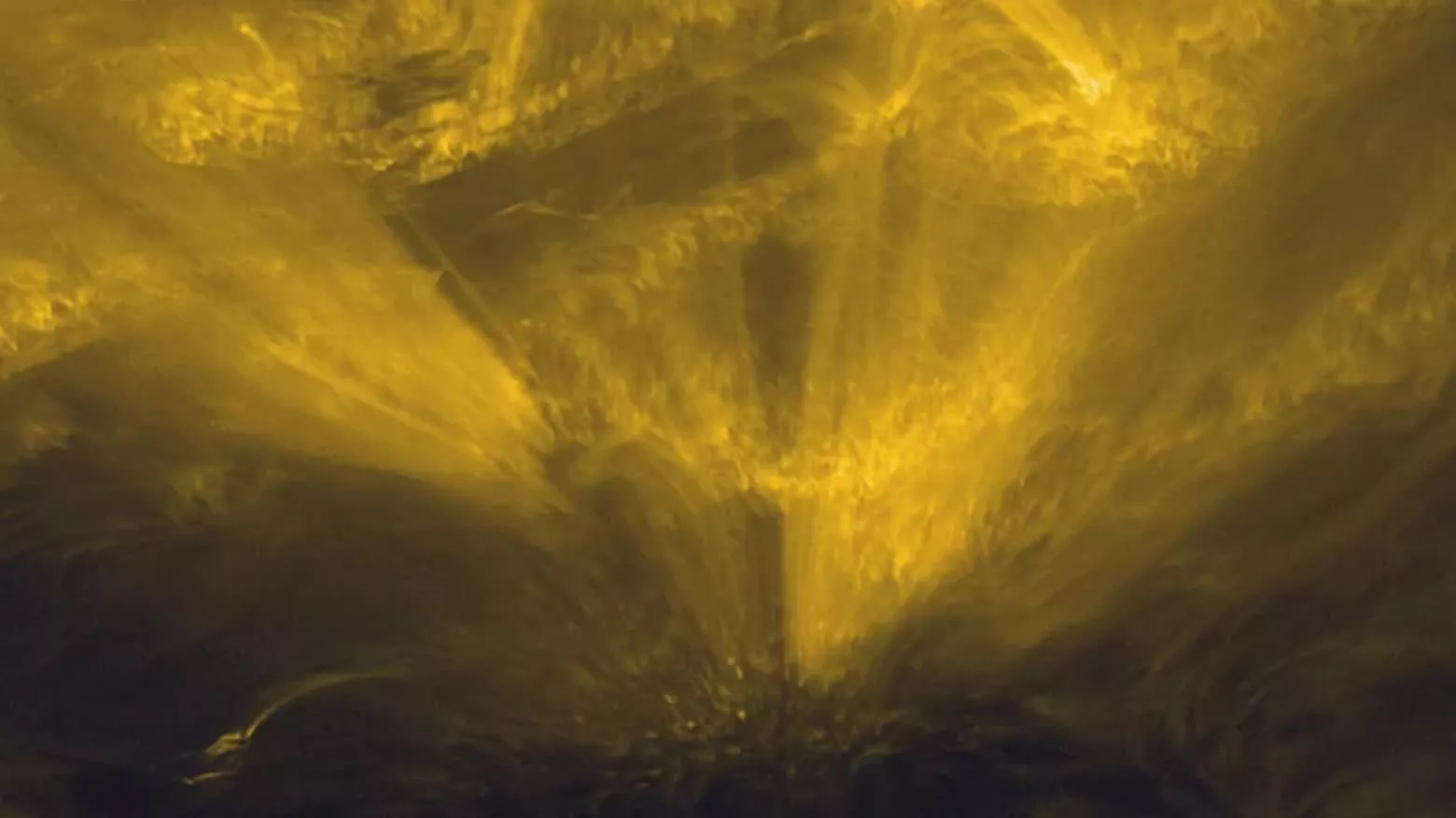It's not easy to study the sun in detail - it's so bright and hot that it's hard to see anything at close range But ESA's solar orbiter will bring the camera closest to the sun so far and take a detailed image of the celestial body, which will help reveal more about the fascinating life of our star

In March 2022, the solar orbiter is closest to the sun, which is called perihelion. Since then, scientists have been frantically studying the data captured by the spacecraft, and in May 2022, they shared some preliminary information that these data may reveal.
When the solar orbiter approaches, it is in the orbit of mercury, about one-third of the distance between the earth and the sun - close enough that its heat shield reaches 932 degrees Fahrenheit. But this close-up observation enabled its 10 instruments to capture detailed information about the sun and reveal strange new phenomena.
For example, the extreme ultraviolet imager (EUI) studies the part of the solar atmosphere called the corona. It found a group of huge spikes that protruded from the sun and extended to 15534 miles wide. The researchers nicknamed it "hedgehog". Hot and cold gas spikes reach about 1.8 million degrees Fahrenheit. "These images are really amazing," said David berghmans of the Royal Observatory of Belgium, the chief investigator of EUI. "Even if the solar orbiter stops shooting data tomorrow, I will be busy for several years trying to figure out all these things."
Learn about space weather and more
Our understanding of the weather will help us to discover other aspects of space. When radiation from the sun accelerates through the solar system due to events such as solar flares, it can have a wide range of effects called space weather. This kind of space weather can affect satellites on earth and may cause danger to astronauts. Therefore, understanding and predicting it is very important for future space projects. Since the solar orbiter can detect several coronal mass ejections - when the sun throws a large amount of plasma in a specific direction - the team can predict when these ejections will hit the earth. About 18 hours after CMEs occurred, they hit the earth as predicted.
Another finding is related to huge regions of charged particles that form a bubble called the heliosphere around the sun, including planets in our solar system and elsewhere. By using the instruments of the solar orbiter, researchers can see where these particles are produced. Now, researchers focus on the next journey to the sun, which will take place in October 2022, during which the solar orbiter will become closer. Daniel Muller from ESA, one of the scientists of the solar orbiter project, said: "we are very excited about the quality of the data from our first perihelion. It's almost hard to believe that this is just the beginning of the task. We will really become very busy."